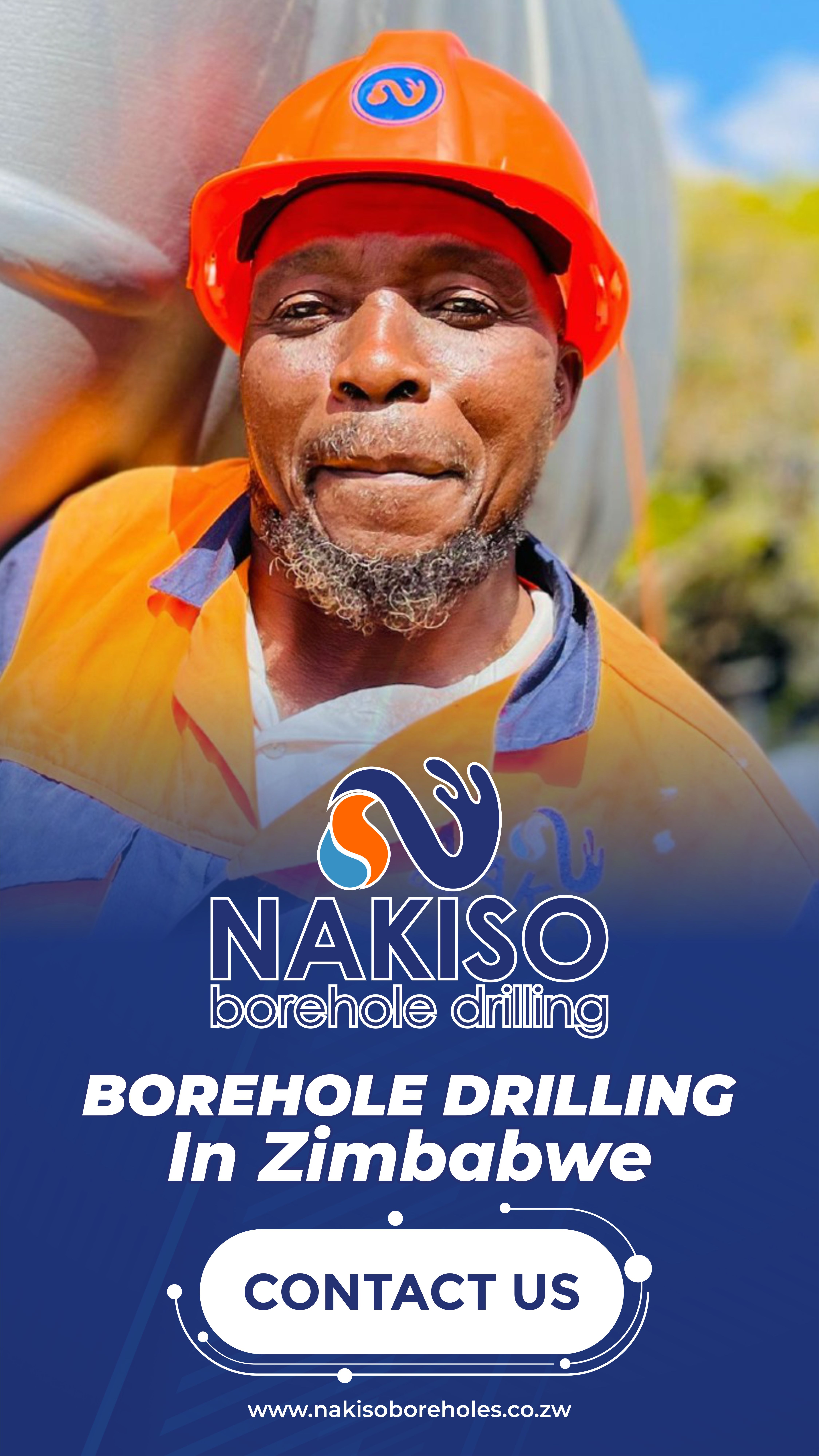A borehole is a vertical capture-engineered structure used to exploit the water from a water table held in the interstices or in the cracks in a rock in the sub-soil known as an aquifer.
Boreholes vary tremendously, be it in-depth, the volume of water, the cost or the purity of the water, and whether or not treatment is justified before it can be consumed (and should also be checked regularly, not just when the structures are completed).
Boreholes Come In Three Categories:
1. Dynamic.2. Average.
3. Residual.
1. A Dynamic Borehole: As the drill hits a break, water is ejected out from the hole in a pressurized spray.
2. An Average Borehole: As the operator removes samples of soil or rock drilled -water is evident.
3. A Residual Borehole:
We have done assessments within a week (at least 10 days) and have found reasonable amounts of water (ie. 70%) full.
At the time the drilling may appear as a dry hole, however, our experience has shown that given time the breaks will open and release water.
Have Faith In Your Site Surveyor: If the surveyor advises you to drill to a certain depth he is doing it through many years of experience
Nakiso Borehole Drilling: Your Trusted Partner for Safe, Sustainable Water Access
At Nakiso Borehole Drilling, we are your comprehensive partner for unlocking reliable water on your property. Our highly skilled team tackles all drilling projects, from standard boreholes to specialized Blast Hole and RC Drilling. We handle everything in-house for a seamless experience, encompassing expert borehole siting, efficient drilling, and pump installation – solar, electric, or manual – tailored to your specific needs. With Nakiso, your reliable water source is just a drill away.We don't just strive to be the best; we maintain the industry's strictest quality standards and are committed to sustainable practices for the future of Zimbabwe's water security.
For All Your Borehole Drilling Services Contact Us:
Five Facts About Borehole Drilling That You Need To Take Note Of:
1. Know Your Borehole Casings:The Preferred Borehole Casing In Zimbabwe Is Class 9 and 10 (Pressure Classes.)This is because Class 9 and Class 10 Casings are more collapse resistant. The strength of a Casing is often described as collapse resistance.
2. Borehole Drilling Depth: The exact depth, of where the water is located, cannot be established by the drilling contractor nor the Water Surveyor (Borehole Siter).
3. The Is No 100% Guarantee On Water: It is important to note that it is never a 100% guarantee that any hole will yield water, the amount and water quality can also not be guaranteed by the drilling contractor and water surveyor.
4. Borehole Siting or Water Surveying Is Important: Making use of a hydrologist or traditional water diviner will increase your chances of having a successful borehole that will yield a sufficient amount of water.
5. Know The Risks: The risk of the borehole drilling lies with the property owner. The client will still be liable for the drilling costs irrespective of a borehole yielding water or not.
Your smile is our commitment!
Our Branches and Our Contacts

Churchill Ave Branch
Business Offices (HQ):55 Churchill Avenue,
Alexandra Park,
Harare North,
Zimbabwe.
Call Us Today:
Office Numbers: +263 867 71 88844
Sales: +263 78 860 8009
Operations: +263 78 860 8005
Marketing: +263 78 876 6701
Email: info@nakisoboreholes.co.zw
Website: www.nakisoboreholes.co.zw

Bluff Hill Branch
Business Offices:36 St. Anthans Drive,
Bluff Hill,
Harare,
Zimbabwe.
Call Us Today:
Office Numbers: +263 71 494 0883
Sales: +263 78 860 8009
Operations: +263 78 860 8005
Marketing: +263 78 876 6701
Email: info@nakisoboreholes.co.zw
Website: www.nakisoboreholes.co.zw









